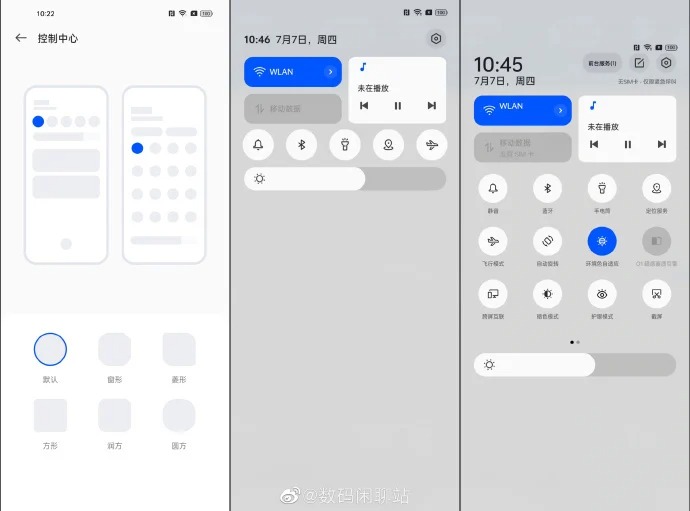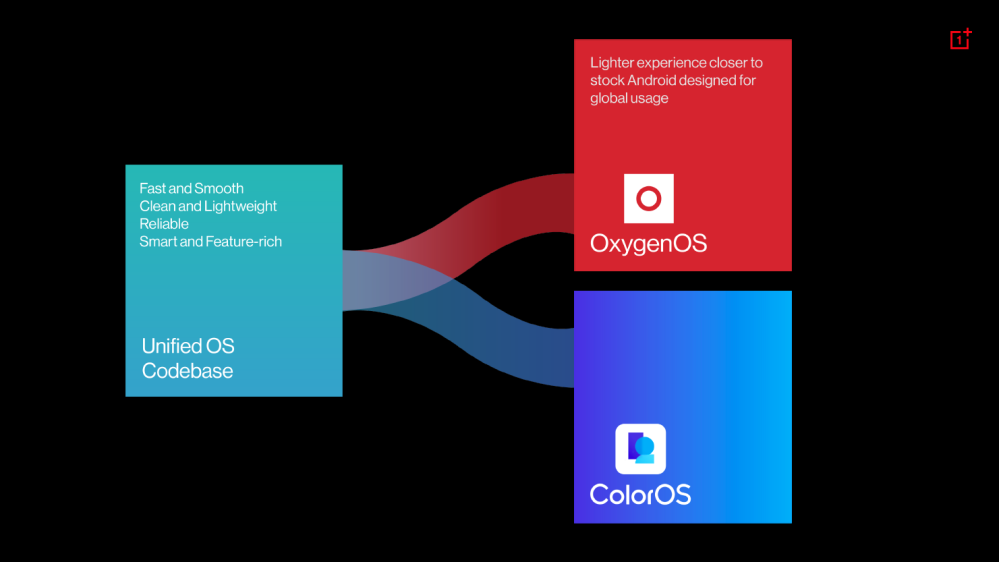For Pixel phones, Android 13 is soon to arrive, and today OnePlus unveiled their component of the system, the aquamorphic Oxygen OS 13.
Since OnePlus has not spoken much about Oxygen OS 13 to date, today’s announcement provided a few hints as to what OnePlus handsets might expect from Android 13.
During today’s presentation, OnePlus demonstrated some new improvements to OxygenOS 13’s always-on display, including integrations with Spotify and Bitmoji. Zen Mode has also undergone various changes, among others. While speaking with the media, OnePlus also promoted Nearby Share and Fast Pair as cornerstones of OxygenOS 13, which is perplexing given that both capabilities are powered by Google Play Services and accessible in multiple versions of Android.
In its Android 13 update, OnePlus also highlights the following features:
Boosting AI System with Smart Launcher quicker folders, the capacity to launch apps from the folder icon, and the option to install widgets from app icons Toolbar Sidebar Quick access to specific apps in the sidebar Upgrades to the Hyperboost Gaming Engine Support for Spatial Audio Private Safe 2.0 The design, however, has seen the most significant modification.
OnePlus discussed OxygenOS 13 for about 30 minutes during the OnePlus 10T event, putting a lot of emphasis on the new look of the update. Included in this is a brand-new aquamorphic design language, which, according to OnePlus, is intended to evoke concepts from nature, especially water. The UI now features new blue and orange accents.
However, OxygenOS 13 is eventually ColorOS 13.
This is sporadically visible throughout the entire UI, but it stands out the most in the Quick Settings pane, which is almost exactly a carbon copy of to a leak of ColorOS 13 from a month ago.


This contradicts Oppo’s and OnePlus’s messaging from the previous year, which followed OnePlus’ merger with Oppo.
OxygenOS and ColorOS would use the same codebase, according to statements made by OnePlus and Oppo in February of this year, but OxygenOS would provide worldwide users a lighter experience that was more in line with standard Android. However, as was already noted, what we have seen so far of OxygenOS 13 is much the same as what we have seen so far of ColorOS 13.
OnePlus stated directly in February:
OxygenOS 13 will keep its own visual style.
Once they both go on sale, there will undoubtedly be plenty of potential for differentiation between the two, but by all appearances, OnePlus appears to be losing ground to Oppo, at least in terms of style.

Beyond the design that OnePlus has thus far demonstrated, the company has provided a variety of methods to characterize the update. The company claims:
Intentional Adaptation: For a more comfortable viewing experience, OxygenOS 13’s design incorporates rounded and soft edges everywhere. Each piece of OxygenOS 13’s design has been thoughtfully planned, making it both functional and appealing to suit your needs. Calm Vitality: OxygenOS 13 enhances the user experience by anticipating every requirement and making widgets more available with a single long touch. Form and function coexist in OxygenOS 13. Intelligent Design: OxygenOS 13’s color scheme will dynamically change according on what time of day you are using your smartphone, so it will look brighter in the morning and darker and more serene after sunset. The OnePlus 10 Pro receives OxygenOS 13 first. No release date for the upgrade has been given by the company.
FTC: We employ income-generating auto affiliate connections. MORE ON ONEPLUS. More.
Check out 9to5Google on YouTube for more news:







